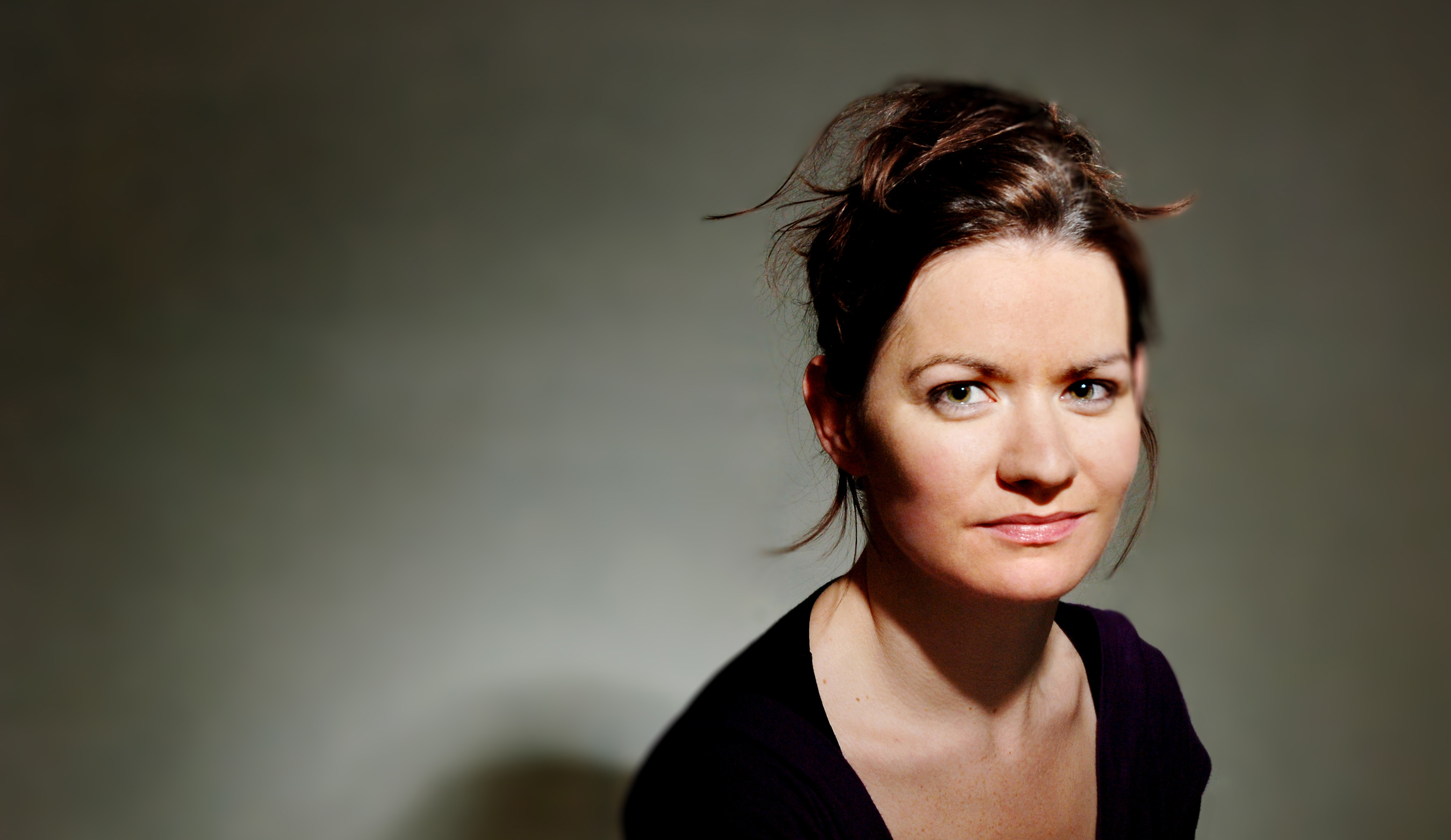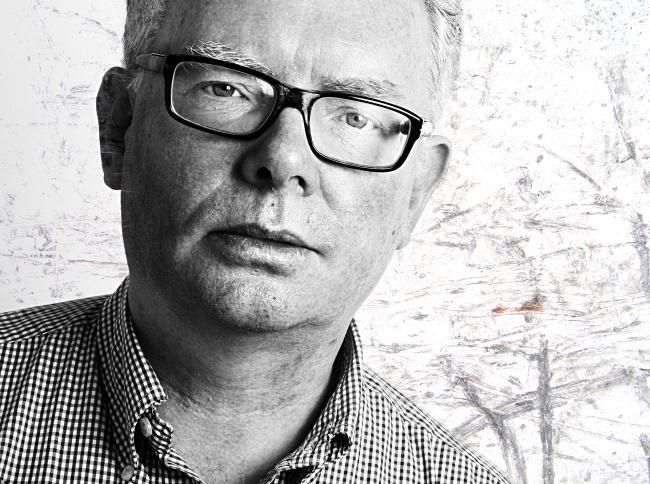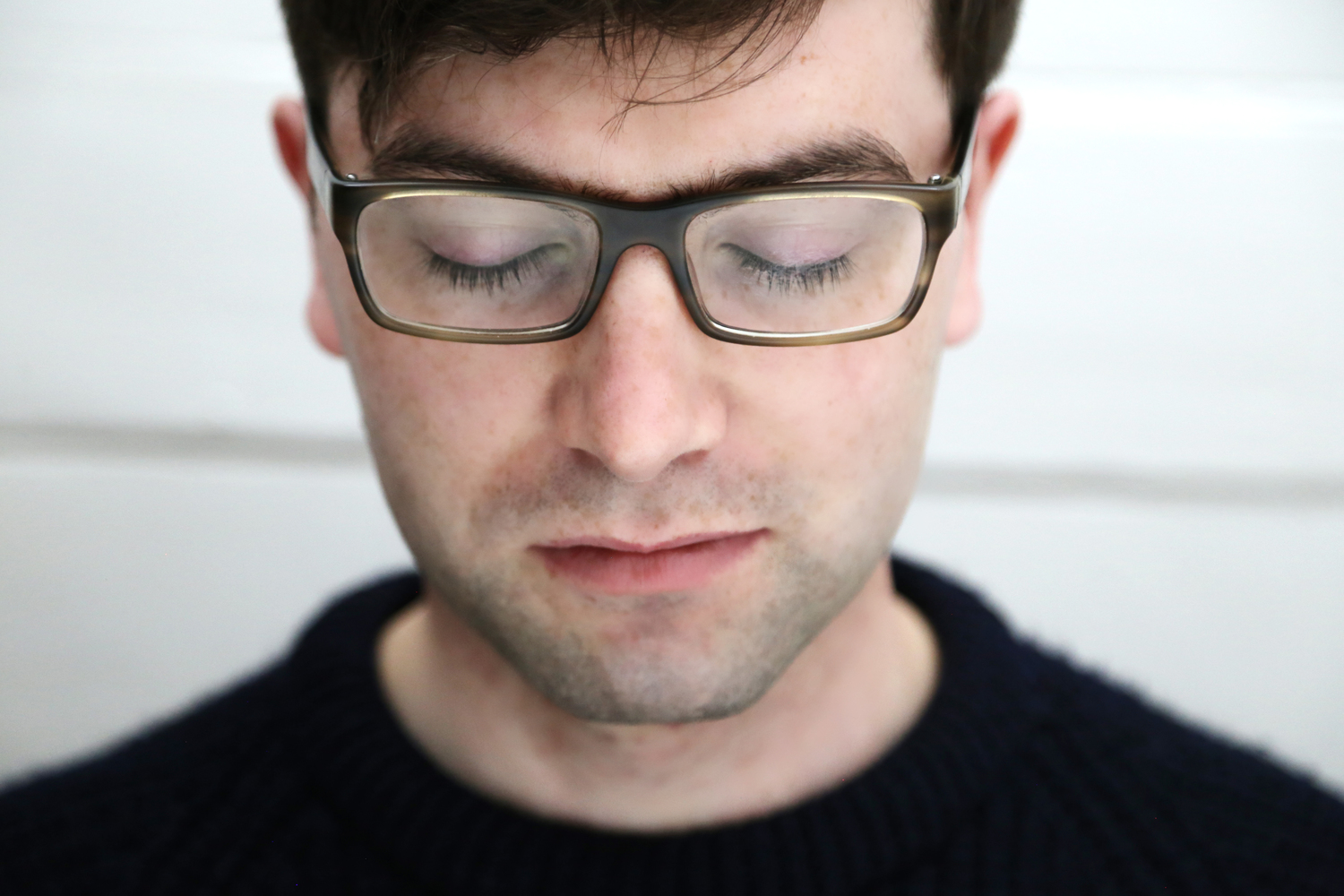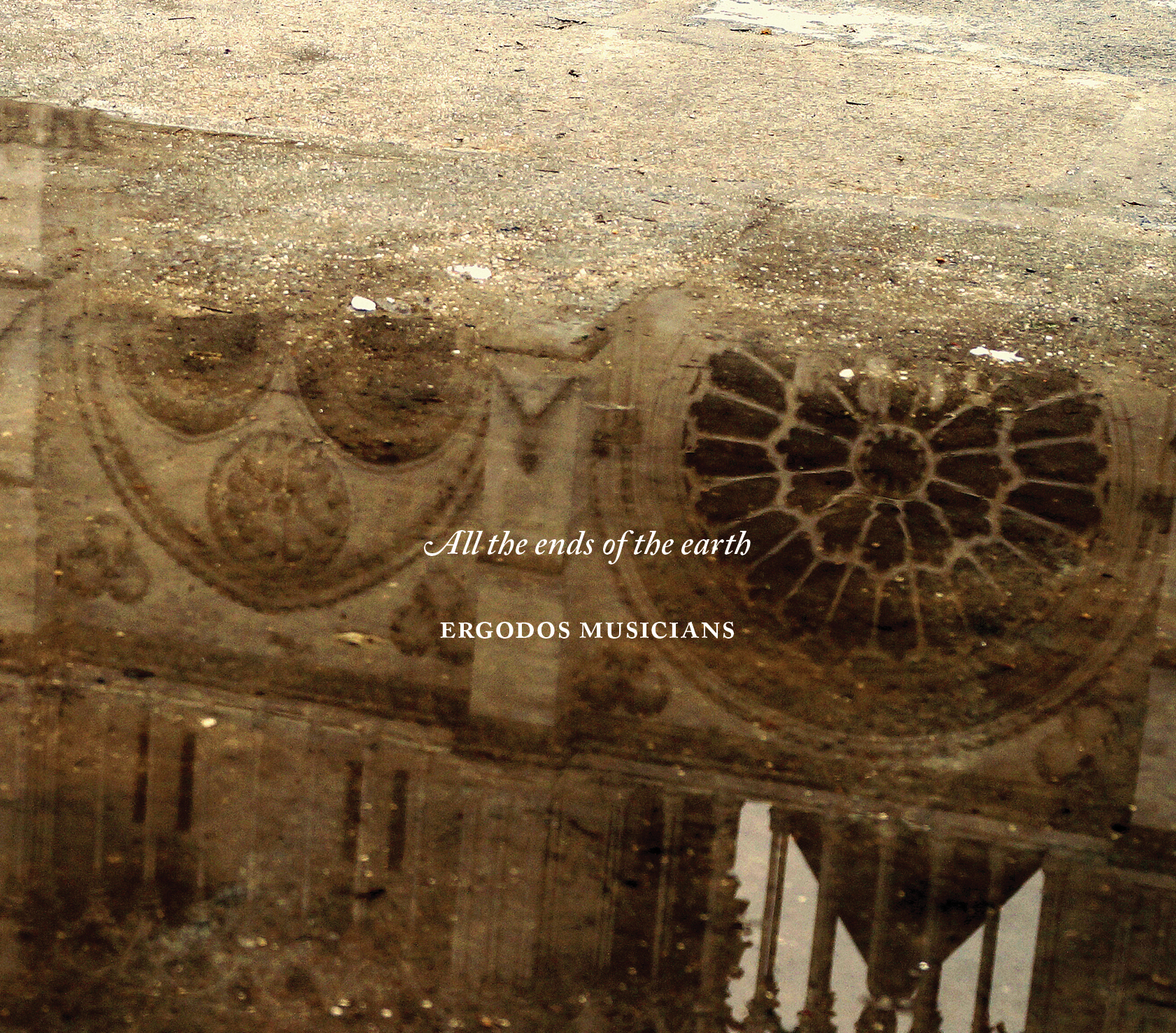Three early music picks from three Irish composers
As part of the fifth European Early Music Day, which takes place on 21 March, CMC asked three composers - Linda Buckley, Kevin O'Connell and Benedict Schlepper Connolly - to each choose three pieces of early music and write about their influence and significance. The chosen works by Bach will also be broadcast and introduced by the composers on RTÉ lyric fm's Daybreak programme, presented by CMC's Director, Evonne Ferguson, on 18 March.
Linda Buckley
Bach – St. John Passion (Opening of Part One): Herr, unser Herrscher, dessen Ruhm in allen Landen herrlich ist!
English Baroque Soloists, John Eliot Gardiner
The emotional impact of this piece – full of suspensions that take an age to resolve has definitely seeped in to how I think about music and my own composing. That sense of tension and release, the restless moving lines, the landing points of choral entries – a masterpiece. I remember hearing this as a young music student and being thrilled and moved by the interweaving lines.
John Dowland – from Lachrimae or Seven Tears, 1. Lachrimae Antiquae
From The Rose Consort of Viols
I love the lush instrumentation of this, for lute and viols, all the gorgeous contrapuntal layers. The achingly poignant harmonies are deeply affecting, and still resonate today. There is something of a dreamy melancholy to this, but so precisely composed – I find this really interesting as a composer.
Hildegard von Bingen - O vis eternitatis
From Hildegard von Bingen - Canticles of Ecstasy, Sequentia/Barbara Thornton
Hearing this now – it feels so ahead of its time yet from the 12th century, with strange melodic twists and turns. Hildegard was a fascinating figure, a poet, a nun, a mystic, a composer… She is one of our first known female composers, and her legacy is hugely inspiring to me. There is a mysterious, almost Eastern quality to the music, evoking such a sense of atmosphere. Every time I listen I am stopped in my tracks, with these lines moving in unexpected directions, but always returning to the centre.
This is what music is for me, in its purest essence, being immersed in pure beauty. I am struck by the impact of those opening words:
O power within Eternity:
All things you held in order in your heart
Kevin O'Connell
Bach - Violin Partita no 3 in E major: I. Preludio
Hillary Hahn
I think it was Brahms who said, “to think of what Bach does with a single stave of music frightens me.” This is how I feel when I listen to this marvellous prelude. It’s full of joy - very vital music. We think of Bach as being sometimes a dark mysterious composer, but he has this terrific joie de vivre. It’s a stream of semiquavers, almost non-stop, and it shows this vivacity and, it’s an old fashioned word, mastery - what other word can you use for music like this.
John Sheppard - Libera Nos I
The Sixteen, Harry Christopher
The English composers of the Tudor era favoured rich counterpoint: Libera nos is in seven real parts. The plainchant melody is sung in long notes in the bass and the middle voices provide a tracery of the utmost refinement. The treble has a high, sweet quality quite distinct from anything in, say, Palestrina. The result is a timeless beauty.
Louis Couperin - Suite in C for harpsichord: VIII. Passacaille
Richard Eggar
Louis was the uncle of the better known Francois. This magnificent piece is the final movement of his Suite in C. The contrast with his nephew’s refined muse is immediate and striking. This Passacaille belongs to the era of Corneille’s tragedies, Perrault’s Louvre Colonnade and the Penseés of Pascal. The music is un-ironic, monumental and tremendous in its gravitas. I am fascinated by the dense ornamentation. I learned young that baroque keyboard ornamentation was used to mask the poor sustaining powers of the clavichord and harpsichord. That seems too utilitarian, like saying we wear clothes to keep warm. The ornaments make the surface of the music crackle like a log fire, while in the bass the theme churns majestically. In the combination of elements, the passacaglia form is given a new, tragic force.
Benedict Schlepper-Connolly
Johann Sebastian Bach (arr. Garrett Sholdice) - Ich ruf’ zu dir, Herr Jesu Christ
Michael McHale, piano
This piece made a lasting impression on me when I encountered it through Andrei Tarkovsky’s film Solaris – and I think its frequent use in many films since says something of the music’s timeless beauty. Aside from the elegance of the melody and the music’s breathtaking construction, I’m drawn to how the piece connects musical ages, carrying out a kind of musical recycling: Johann Sebastian Bach was working with a tune composed by an earlier composer, Johann Agricola. Bach harmonised it for organ, and also used the tune in one of his cantatas. Typically for Bach, there are a number of layers of counterpoint, each working away at a different speed, seemingly independent, but each integral to the whole. This recording, with Michael McHale performing an arrangement by Garrett Sholdice, is from an album called I Call to You that offered a contemporary window onto Bach’s work, another step in a centuries-old conversation.
Pérotin - Beata viscera
Ergodos Musicians
This is the opening track from Songs, an album that celebrated the vitality of the song form across nearly eight centuries. Attributed to the thirteenth-century French composer Pérotin, we stripped the original down and performed it with voice (Michelle O’Rourke), bass clarinet (Seán Mac Erlaine) and cello (Kate Ellis). I think it is testament to the resilience of the materials that the approach – with a very free vocal, and unusual instrumentation with the cello playing part of the vocal line – retains, to my ears, much of the qualities of the original.
Léonin (arr. Garrett Sholdice) - Organum on ‘Viderunt Omnes’
This recording, sung by Michelle O’Rourke (recorded in multiple layers), comes from, All the Ends of the Earth, another project that came out of a love for medieval vocal music, with new music composed to reflect on this late 12th-century composition by Léonin, an earlier member of the Notre Dame school of polyphony.
Listening to this, I’m always reminded of the power of such simple materials. Léonin time-stretches the melody, adding beautiful counter-melodies in a way that never fails to lower the heart rate by a few notches. The album cover is an image of Notre Dame Cathedral — where this was most likely written and first performed – reflected in a puddle of water.
Benedict Schlepper-Connolly is a composer and co-director of the Ergodos record label




